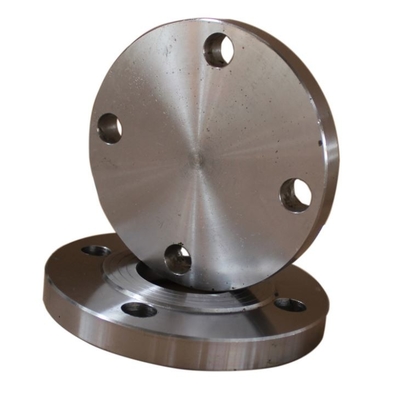| Tensile Strength min. |
Yield Strength min. |
Elongation min. |
Reduction of Area, min. |
Hardness |
| MPa |
ksi |
MPa |
ksi |
% |
% |
HB |
| 485 |
70 |
250 |
36 |
22 |
30 |
137-187 |
DIFFERENT PRESSURE CLASSES FOR FLANGES
The difference between these three flanges is the pressure class! There is class 150, there is class 300, and there is class 600. The differences are in the dimensions except for the bore!
HIGHER FLANGE PRESSURE CLASSES
Typically speaking, higher pressure classes are going to be heavier flanges. For example In class 400, small sizes up to three and a half inch nominal inclusive are identical to class 600 flanges. Likewise, class 900 flanges are identical to class 1500 flanges in all respects for half inch to the two and a half inch inclusive. So in this case, all three of these flanges have four bolt holes. A 3 inch 150# flange has four bolt holes. Whereas a 3 inch 300# flange has eight bolt holes.
As we move from one pressure class to another we see that they get heavier and yes common sense dictates that they will be rated for a higher pressure but the 600 class, for instance, is not a 600 psi maximum service. When we say 150#, or 300#, or 600#, we’re referencing a class, not a maximum working pressure. I have here the A105 pressure temperature chart. So in the case of a 200 degree fahrenheit application, a class 150 flange would be good for 260 psig working pressure. In the case of a 600# flange at 400 degrees, your working pressure would be 1265 psig. Specifying the pressure class will help us ensure we get you the flanges you need when you need them!
Products Show



 Your message must be between 20-3,000 characters!
Your message must be between 20-3,000 characters! Please check your E-mail!
Please check your E-mail!  Your message must be between 20-3,000 characters!
Your message must be between 20-3,000 characters! Please check your E-mail!
Please check your E-mail! 





